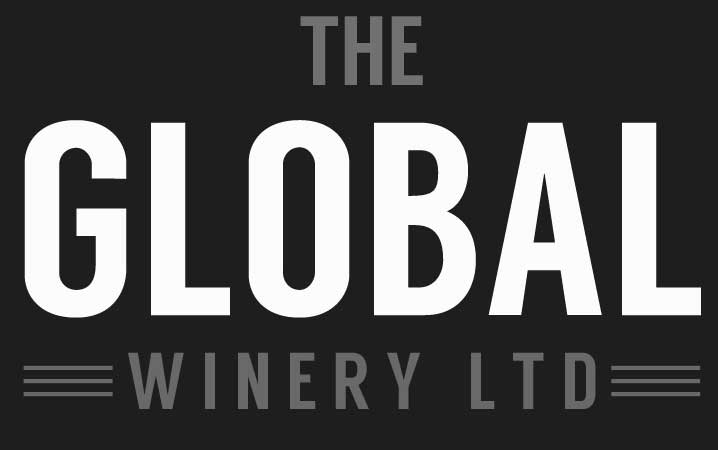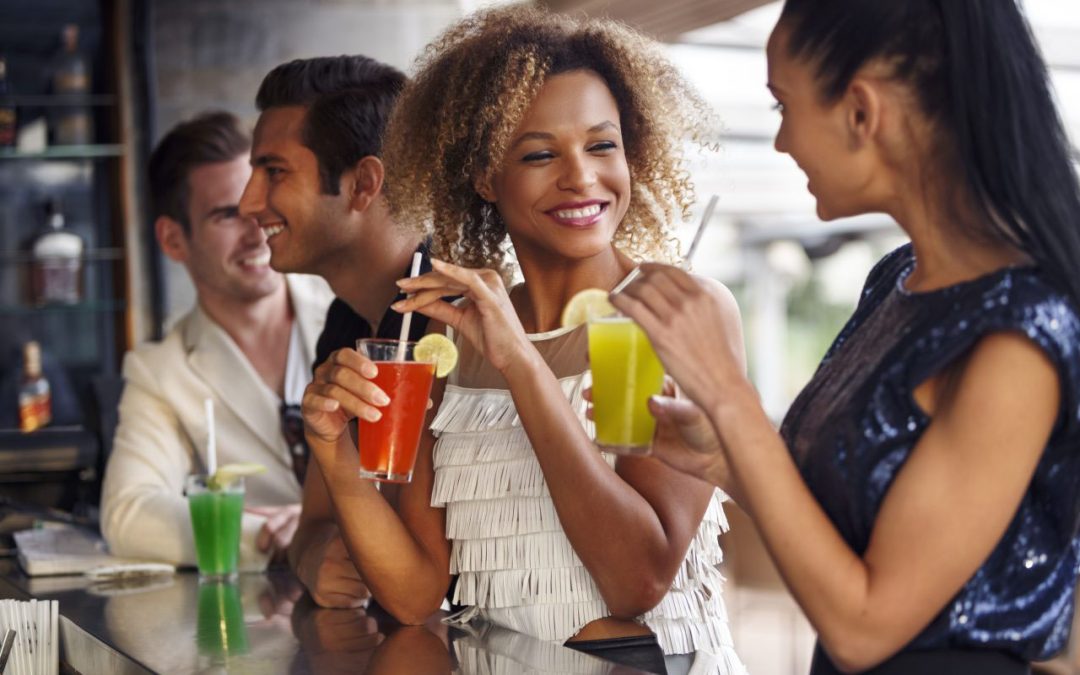Last week, at a Vinexpo Paris press briefing in London, it was revealed what younger consumers want from wine, and why they are drinking less, but spending more than their parents’ generation.
The number of people under the age of 40 who drink wine at least once a month has fallen significantly over the past 10 years, So what, if at all, are younger generations looking for when it comes to drinks, and particularly wine.The number of regular wine drinkers aged 18-39 years old has fallen from 37% in 2010 to 26% today.
Wine drinking is by and large an older person’s game and the challenge for the wine trade concerns remaining relevant to its emerging consumers.
Some aspects to this population group’s tastes and desires that might help the wine trade attract and retain consumers among younger age groups, which comprise millennials (25-39) and ‘gen Z’ (18-24), who currently make up 21% and 5% of ‘regular’ wine drinkers in the UK (with ‘gen X’ (40-54) and ‘boomers’ (55+) accounting for the rest: 25% and 48% respectively.
Older consumers are mostly focused on functional attributes, such as taste, relaxation, and food matching. Younger wine drinkers are most likely to drink wine to celebrate special occasions, as well as for sharing and creating a warm and friendly atmosphere.
However, the decision to drink wine does depend on the type of occasion, be it Prosecco before going out or because wine is the theme of the evening. It’s less likely to be a glass of wine at 6pm because it’s the end of the day, which is truer for older consumers.
Increasingly wine must share space with a variety of other alcoholic beverages, particularly spirits, cider and cocktails when it comes to younger consumers, which is also something that the wine trade should bear in mind when it comes to styles. Younger adult legal drinking age groups are buying beverages such as cocktails and RTDs with sweeter flavour profiles. That’s in contrast to red wine in an Old-World style with structure and tannin; so, there’s an issue with engagement – younger consumers are used to drinking things that are easier on the palate.”
It’s the development of a more competitive drinks category that explains why fewer younger consumers are drinking wine regularly, coupled with other trends, such as a rising focus on healthier living as well as a more cautious approach to alcohol because “drinking moderately is cool, and getting drunk isn’t.”
As for those under the age of 40 who do drink wine regularly there is good news for producers such as Aromo, producing their premium wines in a more sustainable manner. Wine-drinking millennials in particular tend to be participating in the wine category because they are really into wine. This age group were confident in their knowledge, keen to try different wines, and willing to spend more per bottle on average than those over 55 years old.
Beverages that engage people more will succeed, but it is not going to be about selling more but trading up to a more interesting product. Consumers aged 18-39 may only account for 26% of the regular wine drinking population, but 34% of the total spend in off-premises.
This higher spend per bottle among younger drinkers relates to a number of factors. This includes showing off a bit, as well as the fact that price is a safety value for younger consumers, who are trying to buy an interesting product too. More generally disposable incomes tend to peak when a person is in their 30s, before costs such as children and mortgages come into play.
What are these younger wine drinkers spending their money on? There is a high demand for sparkling and rosé, because such sectors are easy to understand, and offer reliability, because they are highly branded. Younger consumers are more interested in alternative formats, from half bottles to magnums, cans or environmentally friendly containers. There is a willingness to engage with alternative packaging among younger people that is not seen among older wine drinkers.
In summary the 55+ age group are more value orientated and creatures of habit and the opportunity for specialist and more premium products lies with millennials and gen Z, and especially when sold through the pubs, bars and restaurants.Finally, Halstead said younger consumers were interested in a “much broader portfolio of products,” which meant that “wine is not going to have it easy ever again”.
Nevertheless, with millennials and gen Z drinkers confident in buying and learning about wine online, he said that it was possible to engage with them through appealing digital marketing. “If you have a good social media strategy, you can speak to this group,” he concluded.
The key points from ‘Wine Intelligence’.
- Boomers (55+) and Gen X (40-54)
- Boomers and Gen X remain the key targets for the wine industry because wine drinking is a solid habit and wine dominates their alcohol repertoire.
- These two groups account for 73% of the wine drinking population and 66% of total spend in off-premise.
- Their wine-drinking focus is on the informal and functional (taste, food matching, relaxation).
- They have routine purchase-patterns at entry and mid price points.
- Gen X (40-54) are more willing than boomers to trade up in the off premise, they are more involved drinkers, and they still seeking novelty.
- LDA Gen Z (18-24) and Millennials (25-39)
- LDA Gen Z and Millennials are the key targets in the on-premise and for premium and super premium wines.
- Both generations account for only 26% of the regular wine drinking population but for around 50% of the total spend in bars, pubs and restaurants.
- For both cohorts, wine carries social values, prompting curiosity, involvement and higher spend levels.
- LDA Gen Z tend to be price sensitive though are willing to trade up for social occasions. They also show specific interest for sweeter styles of wines, rosé and sparkling.
The UK wine drinking population
- Boomers (55+): 48%
- Gen X (40-54): 25%
- Millennials (25-39): 21%
- Gen Z (18-24): 5%
Source: Wine Intelligence, Vinitrac® UK, July 2022 (n = 1,006) UK regular wine drinkers

